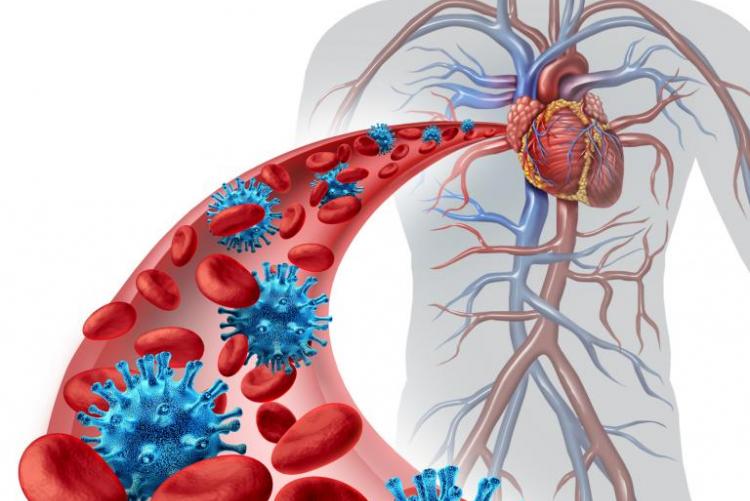Authors: Jonathan A. Hudson, Rashida A. Ferrand, Samuel N. Gitau, Marianne Wanjiru Mureithi, Pasquale Maffia, Shirjel R. Alam, Anoop S.V. Shah
Published: May 23, 2024, in Circulation Research (DOI: 10.1161/CIRCRESAHA.124.323890)
We are thrilled to announce the publication of a significant new study co-authored by our very own Dr. Marianne Mureithi in Circulation Research. The study, titled "HIV-Associated Cardiovascular Disease Pathogenesis: An Emerging Understanding Through Imaging and Immunology," delves into the complex interactions between HIV and cardiovascular disease (CVD).
A Historical Perspective
From the early days of the AIDS epidemic, cardiac abnormalities were recognized in patients even before HIV was identified as the causative agent. Initially, HIV-associated CVD was predominantly linked to severe immunodeficiency, manifesting as HIV-related cardiomyopathy. However, with the advent of antiretroviral therapy (ART), the landscape of HIV-associated CVD has evolved. While ART has successfully suppressed viral loads and restored immune function, it has also introduced subtler cardiovascular complications that continue to affect people living with HIV.
The Role of Advanced Imaging and Immunology
The recent advancements in cardiac imaging techniques and immunological research have significantly enhanced our understanding of HIV-associated CVD. Dr. Marianne Wanjiru Mureithi and her co-authors have synthesized these advancements to provide a comprehensive overview of how HIV impacts the cardiovascular system. This is particularly relevant for populations in high-prevalence regions like sub-Saharan Africa, where the burden of HIV is greatest.
Key Findings
- Immunologic Insights: The study highlights that HIV infection causes persistent immune activation and inflammation, even in individuals undergoing effective ART. These immune responses are critical in the development of atherosclerosis and other cardiovascular conditions.
- Imaging Revelations: Utilizing advanced imaging modalities, the researchers have identified structural and functional changes in the hearts of people living with HIV. These include increased arterial stiffness, endothelial dysfunction, and myocardial inflammation.
- Population-Specific Data: The review underscores the importance of conducting region-specific research to address the unique cardiovascular risks faced by different populations. This is particularly crucial for sub-Saharan Africa, where the HIV epidemic is most severe.
Future Directions and Public Health Implications
The authors have identified several gaps in the current understanding of HIV-associated CVD, including the need for longitudinal studies to track cardiovascular changes over time and the role of co-infections and comorbidities. They also highlight the potential influence of genetic and environmental factors on CVD risk in people living with HIV.
Given the increased risk of CVD in this population, the study emphasizes the importance of integrating cardiovascular care into HIV management protocols. Routine cardiovascular screening and preventive measures should be prioritized to mitigate the risk and improve patient outcomes. A multidisciplinary approach, combining expertise from cardiology, infectious diseases, and immunology, is essential for developing effective strategies to prevent and treat HIV-associated CVD.
Conclusion
This collaborative research led by Dr. Marianne Mureithi represents a significant step forward in understanding the complex interactions between HIV and cardiovascular disease. By leveraging advanced imaging and immunological insights, the study provides a clearer picture of the pathogenesis of HIV-associated CVD and sets the stage for future research and improved clinical practices.
For more details, read the full publication in Circulation Research here.
- Log in to post comments

